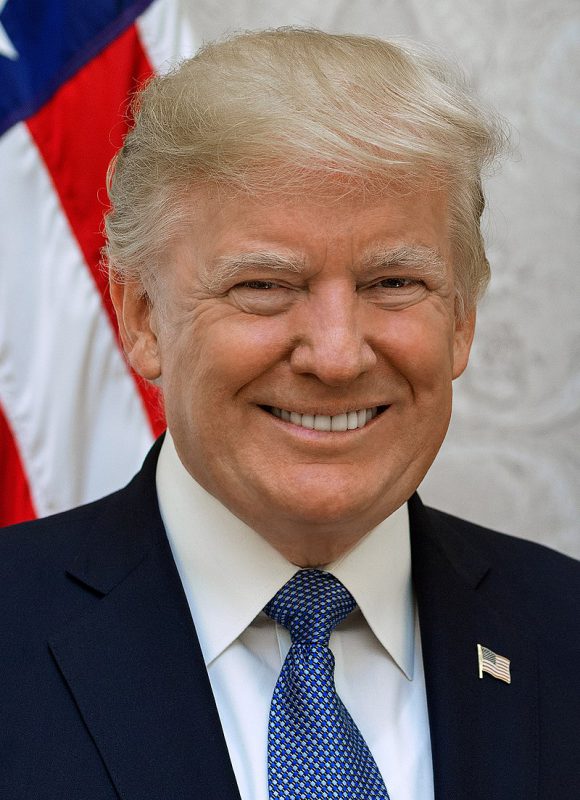What’s the story?
President Donald Trump (R) issued a memorandum April 9 directing federal administrative agencies to revoke facially unlawful regulations without the 30- to 60-day public notice and comment period the Administrative Procedure Act of 1946 (APA) normally requires before agencies adopt, change, or revoke a rule. The memorandum prioritizes regulations that have been deemed in conflict with recent Supreme Court rulings. It is Trump’s 37th memo as of April 29, 2025.
The memo orders the agencies to prioritize certain rules under review since Feb. 19 for immediate revocation as part of Executive Order 14219, which directed agencies to identify regulations for elimination that were deemed to violate recent Supreme Court rulings. These rulings involve regulations that may:
- Exceed an agency’s statutory authority (Loper Bright v Raimondo, West Virginia v. EPA, Sackett v. EPA).
- Fail to explain the reason for a regulation or consider all costs and benefits (Ohio v. EPA, Michigan v. EPA)
- Be unconstitutional (SEC v. Jarkesy, Cedar Point Nursery v. Hassid, Students for Fair Admissions v. Harvard, Carson v. Makin, Roman Catholic Diocese of Brooklyn v. Cuomo)
The Competitive Enterprise Institute (CEI) supported the memo. Wayne Crews—a CEI regulatory studies fellow—argued, “This new initiative goes beyond previous orders invoking typical platitudes about efficiency, cost-benefit and ‘outdated, unnecessary, or ineffective’ by specifically invoking ‘deconstruction’ of an administrative state now largely regarded as unconstitutional and irredeemable.”
The Economic Policy Institute opposed the move, arguing, “If this directive were allowed to proceed, federal agencies acting at the direction of the Trump administration would be able to quickly get rid of regulations that protect health and safety for workers and consumers, safeguard the public against financial fraud and scams, and protect the environment, all without any opportunity for the public to express opposition and participate in the democratic process.”
Why does it matter?
The administration based its position on the good cause exception in the APA, which allows agencies to skip notice and comment to repeal rules that are “contrary to the public interest” according to guidance prepared for the Administrative Conference of the United States. The memo did not utilize this guidance, arguing more broadly: “Retaining and enforcing facially unlawful regulations is clearly contrary to the public interest. … Notice-and-comment proceedings are unnecessary where repeal is required as a matter of law to ensure consistency with a ruling of the United States Supreme Court.”
The good cause exception is typically reserved for emergencies requiring rapid regulatory action. Roger Nober, director of George Washington University’s Regulatory Studies Center, say’s Trump’s approach represents “a significant change to the way regulation is typically done.” He argued courts could rule against it and require retroactive notice and comment.
What’s the background?
EO 14219 required agencies to identify targeted regulations within 60 days of the order’s publication on Feb. 19. The memo did not specify a minimum or maximum number of regulations to be reviewed and eliminated.
EO 14219 exempted rules in the following three categories: “(a) any action related to a military, national security, homeland security, foreign affairs, or immigration-related function of the United States; (b) any matter pertaining to the executive branch’s management of its employees; or (c) anything else exempted by the Director of the Office of Management and Budget.”
Additional reading:


